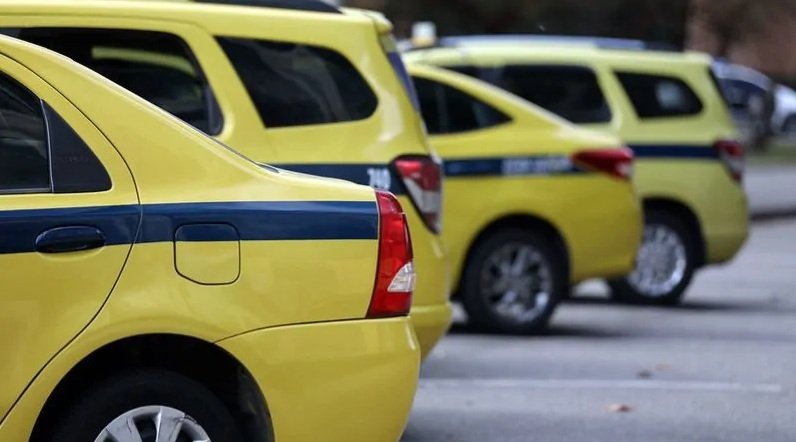In recent years, Brazil has witnessed an alarming surge in fraud-related crimes. According to data released in July 2025, reports of fraud have increased by more than 400% over the past six years. In 2024 alone, over two million cases were registered, equivalent to an average of four new victims every minute. These scams are increasingly sophisticated, exploiting not only technological vulnerabilities but also human behavior. One of the most prevalent forms is the Taxi scam, which has recently evolved with a disturbing new variation: criminals impersonating taxi drivers to target unsuspecting passengers.
This Content Is Only For Subscribers
To unlock this content, subscribe to INTERLIRA Reports.
Modus Operandi
Security camera footage revealed a recurring pattern. The scam begins when a car—appearing to be a legitimate taxi—pulls over, often in high-traffic or late-night areas. The passenger, often tired or in a rush to get home, gets in without suspecting anything unusual. At the end of the ride, the fake taxi driver claims that the card machine does not accept Pix (Brazil’s instant payment system) and insists on a physical card payment. However, the terminal handed to the passenger is tampered with. The driver typically avoids any physical contact during this process, making the transaction seem routine and trustworthy. Once the ride ends and the passenger exits the vehicle, the scammer now possesses both the card data and the password. Victims usually only discover the fraud hours later, when they receive a bank notification or check their account, which may already be drained of funds.
A More Elaborate Variation of the Scam
Another widespread tactic involves an advanced tampered card machine equipped with a hidden button. This device enables the scammer to simulate a failed transaction, giving them a second chance to observe or record the password. While pretending the machine has a connection error or that the transaction didn’t go through, the scammer watches closely as the victim reenters the PIN. During the confusion, the criminal discreetly swaps the real card for a counterfeit or expired one, often of the same brand and color. Once in possession of both the genuine card and the password, the fraudster proceeds to make large purchases, frequently exceeding R$17,000, while the victim remains unaware until long after the damage is done.
Billion-Real Losses
These scams have had a staggering financial impact. According to estimates from the Brazilian Public Security Forum, card reader fraud alone led to losses of approximately R$4.8 billion in just a single year. This figure highlights not only the scale of the problem but also the growing professionalism and organization behind such criminal schemes.
Robberies Decline as Digital Fraud Surges
Ironically, fraud rates skyrocket, while traditional street robberies have dropped by 51% over the same period. Analysts suggest that the evolution of criminal strategies, driven by technological tools and less risky methods like digital fraud, may be contributing to this shift. Technology—once celebrated for making everyday life more convenient—has, in many cases, become a powerful weapon for criminals.
How to Stay Safe
Authorities offer several practical recommendations to avoid falling victim to these scams:
- Prefer app-based ride services where payment can be made directly through the platform, reducing physical card interactions.
- Use official taxi stands, where drivers are registered and monitored by local authorities;
- Whenever possible, pay using contactless methods or Pix, which minimize the chance of data theft.
- Never hand your card to the driver or insert it into unfamiliar or broken machines;
- Activate transaction notifications on your banking app, so you’re alerted to any suspicious activity in real time.
- Remaining vigilant, especially in high-risk environments and nightlife districts.
Analysis:
Brazil’s dramatic rise in digital fraud—particularly scams involving fake taxi drivers and tampered card machines—signals a deeper transformation in the country’s criminal landscape. These operations are no longer improvised or isolated; they reflect an organized, methodical approach by individuals or networks that understand both technology and human psychology. The choice of high-traffic and late-night settings, combined with the use of counterfeit devices that simulate normal payment processes, points to a strategy aimed at minimizing suspicion and maximizing gain.
What makes this trend especially dangerous is the speed and invisibility with which these crimes unfold. Unlike traditional theft, there is no immediate confrontation—only a delayed financial loss that often goes unnoticed until significant damage is done. This shift coincides with a sharp drop in street robberies, suggesting that criminal actors are favoring lower-risk, higher-reward schemes.




